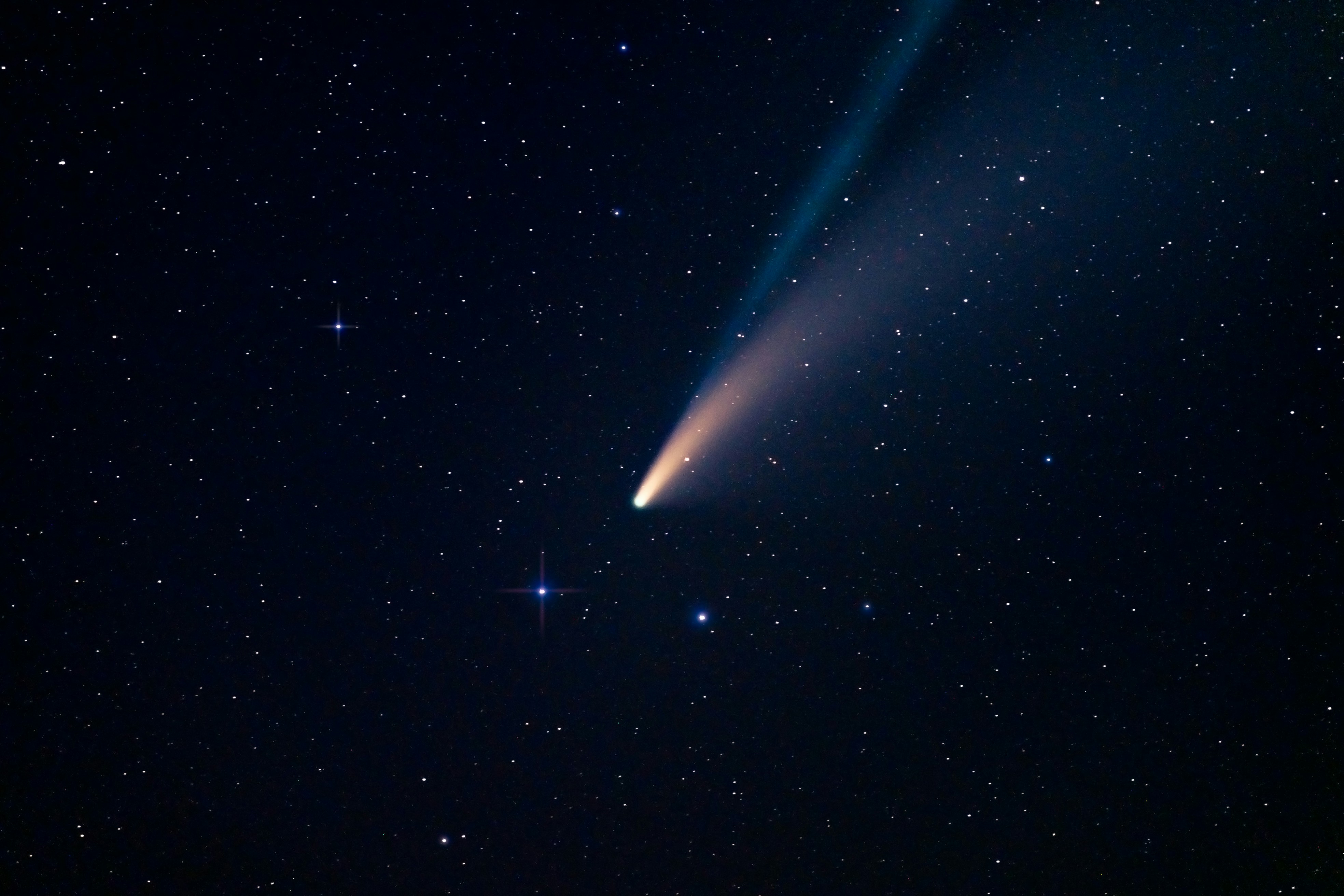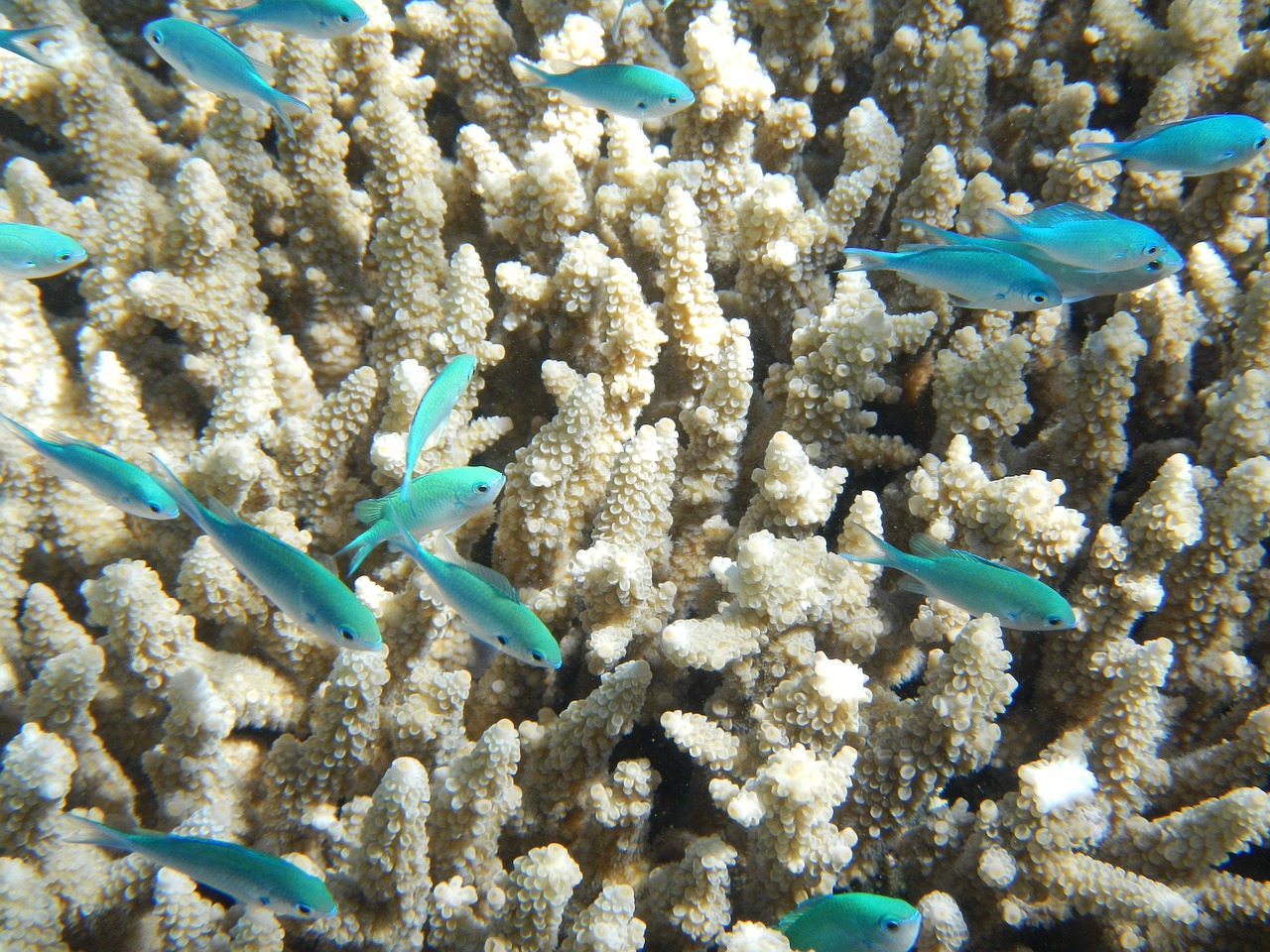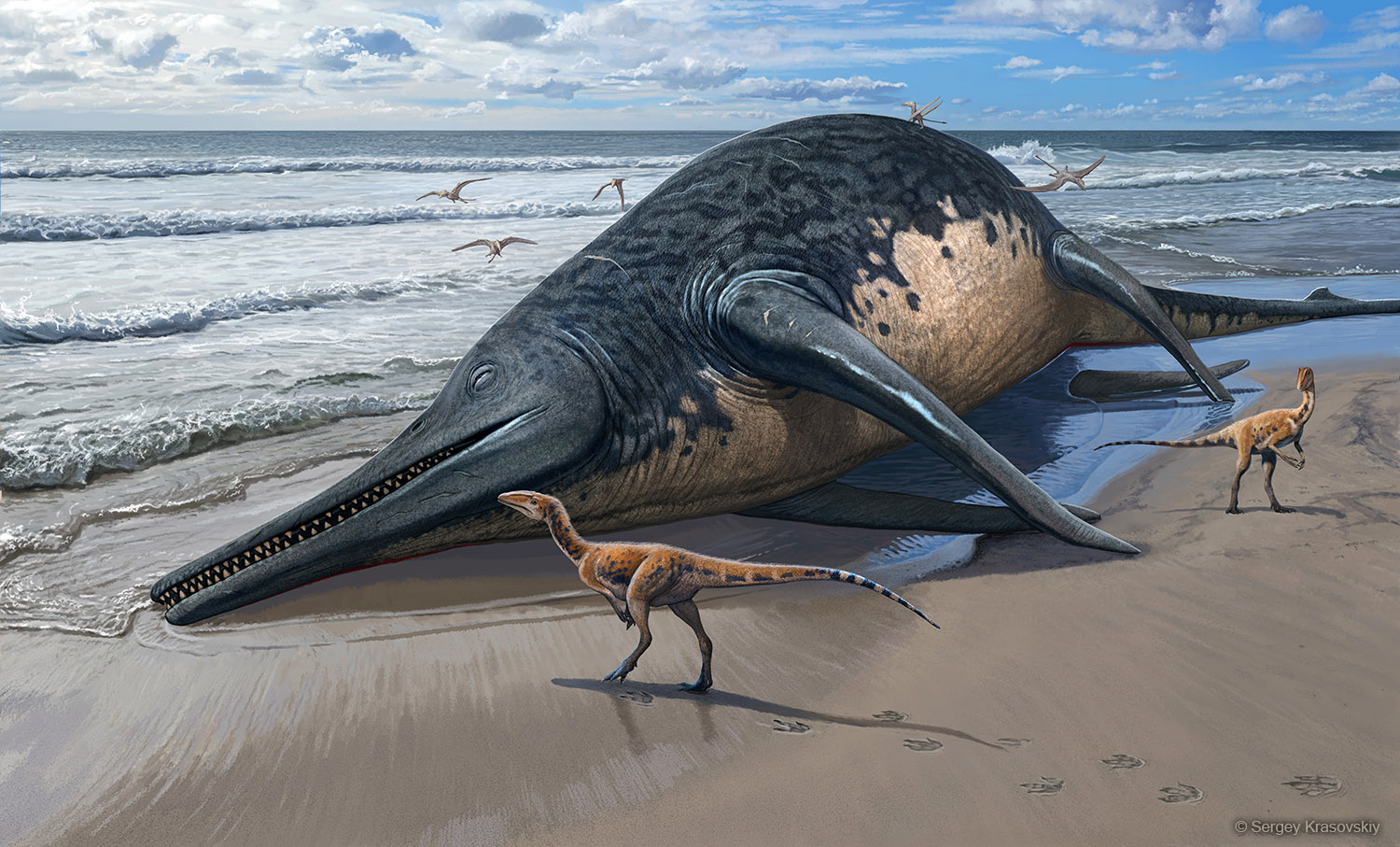-
New focus for chronic liver disease care
Hepatology
New research from Flinders Medical Centre and Flinders University has provided evidence that improved models of care can benefit patients with decompensated cirrhosis - an acute deterioration in liver function in a patient with cirrhosis. The study Read more about New focus for chronic liver disease care
Australia; SAFlinders University -
Australian science key to a future made in Australia
The Australian Academy of Science welcomes the Prime Minister's announcement of his government’s intention to legislate a Future Made in Australia Act. President of the Australian Academy of Science Professor Chennupati Jagadish said, “A future Read more about Australian science key to a future made in Australia
AustraliaAustralian Academy of Science -
New platform to help understand how bushfire smoke harms the lungs and heart
Journal of Allergy and Clinical Immunology
A team of researchers led by Professor Jay Horvat and Dr Henry Gomez have developed a world-first platform to define the impact of exposure to landscape fire smoke on the heart and lungs. The researchers found that short and long-term exposure to Read more about New platform to help understand how bushfire smoke harms the lungs and heart
Australia; NSWThe University of Newcastle -
CORRECTION: EXPERT REACTION: Australia [has not] recorded zero COVID-19 deaths for at least a week
Media reports based on data from the Australian Government Department of Health and Aged Care had suggested Australia recorded no deaths associated with COVID-19 for a week, although experts have warned that data delays meant the most recent data Read more about CORRECTION: EXPERT REACTION: Australia [has not] recorded zero COVID-19 deaths for at least a week
Australia; VIC; QLD; SA; WA; ACTAustralian Science Media Centre -
Illegal 'ghost roads' are threatening vast areas of rainforest
Nature
Illegal and informal roads are threatening forests across the tropical Asia-Pacific region, according to Australian research. The roads do not appear on legitimate maps and have been nicknamed 'ghost roads'. The researchers spent 7,000 hours Read more about Illegal 'ghost roads' are threatening vast areas of rainforest
Australia; Pacific; International; QLDJames Cook University -
Underused heart program could reduce hospital readmissions and lower risk of death
Heart, Lung and Circulation
Referring people to a specialised rehabilitation program following a cardiac incident could reduce the chance they will be readmitted to hospital and potentially lower their risk of death, according to new Flinders University research - but Read more about Underused heart program could reduce hospital readmissions and lower risk of death
Australia; SAFlinders University|The University of Adelaide -
Scientists create octopus survival guide to minimise impacts of fishing
Marine and Freshwater Research Journal
How do we ensure octopus fisheries remain sustainable, protecting the longevity of this ancient animal while guaranteeing the world doesn’t go hungry? An accurate, reliable, cost effective and easy-to-use method to determine an octopus’s age and Read more about Scientists create octopus survival guide to minimise impacts of fishing
Australia; NSW; SAUniversity of South Australia|Southern Cross University... -
New way to fight solid cancers discovered
Nature
Researchers at Peter Mac have overcome a major barrier that could see a revolutionary immunotherapy treatment becoming successful on patients with solid cancer types. Published in the coveted Nature journal today, Professor Phil Darcy, Associate Read more about New way to fight solid cancers discovered
Australia; VICPeter MacCallum Cancer Centre|The University of Melbourne... -
Pacific cities much older than previously thought
Journal of Archaeological Method and Theory
New evidence of one of the first cities in the Pacific shows they were established much earlier than previously thought, according to new research from The Australian National University (ANU). The study used aerial laser scanning to map Read more about Pacific cities much older than previously thought
Australia; Pacific; ACTThe Australian National University -
Ketamine-based drug reduces depressive episodes in new mums
The BMJ
Injections of a drug derived from ketamine just after childbirth reduced the risk of depressive episodes for new mums experiencing depressive symptoms during pregnancy, according to international research. The team recruited 361 pregnant women Read more about Ketamine-based drug reduces depressive episodes in new mums
InternationalPeking University First Hospital, China










































